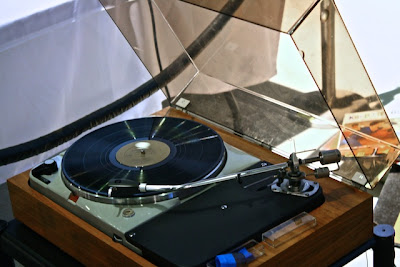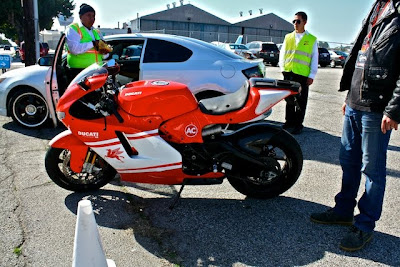



 The Hells Angels utilize a system of patches, similar to military medals. Although the specific meaning of each patch is not publicly known, the patches identify specific or significant actions or beliefs of each biker.The official colors of the Hells Angels are red lettering displayed on a white background—hence the club's nickname "The Red and White". These patches are worn on leather or denim jackets and vests.
The Hells Angels utilize a system of patches, similar to military medals. Although the specific meaning of each patch is not publicly known, the patches identify specific or significant actions or beliefs of each biker.The official colors of the Hells Angels are red lettering displayed on a white background—hence the club's nickname "The Red and White". These patches are worn on leather or denim jackets and vests.Red and white are also used to display the number 81 on many patches, as in "Support 81, Route 81". The 8 and 1 stand for the respective positions in the alphabet of H and A. These are used by friends and supporters of the club, as only full members can wear any Hells Angels imagery.
The diamond-shaped one-percenter patch is also used, displaying '1%', in red on a white background with a red merrowed border. The term one-percenter is said to be a response to the American Motorcyclist Association (AMA) comment on the Hollister incident, to the effect that 99% of motorcyclists were law-abiding citizens and the last 1% were outlaws.
 C.R. Stecyk III (born in the early 1950s) is a Southern California native and one of its pop culture historians.
C.R. Stecyk III (born in the early 1950s) is a Southern California native and one of its pop culture historians.Craig (also known as John Smythe or Carlos Izan) gained notoriety for his artwork on surfboards in the early 1970s, particularly when he became involved with the founding of the infamous Jeff Ho Surfboards and Zephyr Productions surf shop in Venice, California. He created the infamous "Pig and Crossbones" graffiti that, along with the Dogtown cross, became an icon of skateboarding attitude.




 kookbox shorts
kookbox shorts

 Stecyk for Kookbox
Stecyk for Kookbox































1 comment:
NIce! did buy anything?
Post a Comment